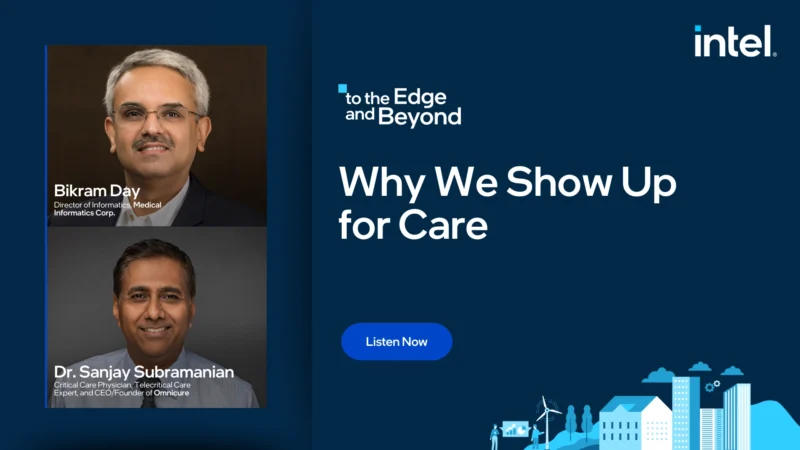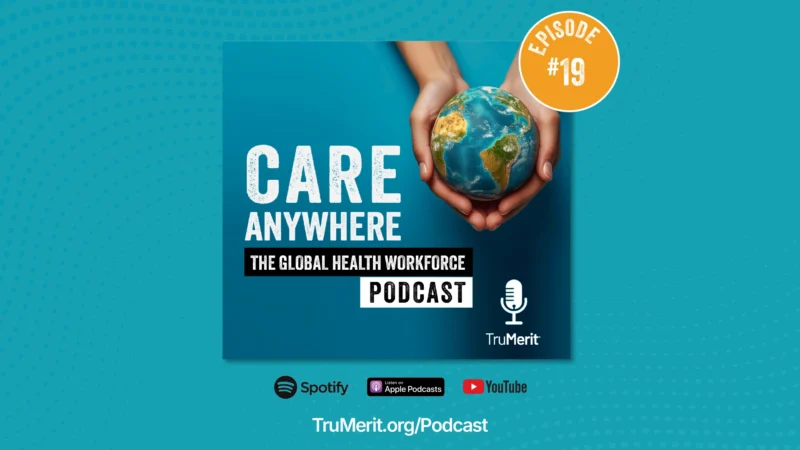Redefining Healthcare: Prioritizing in Remote Patient Monitoring
This report underscores the potential of remote patient monitoring (RPM) as a breakthrough element in patient-centric healthcare. It discusses the incorporation of digital technology for monitoring patients outside of clinical settings, with various affordable, clinically validated tools playing a vital role in improving patient outcomes. The report draws on industry-leading platforms, such as Tripolo and their customized offerings, providing insights into the overarching impact of RPM in healthcare.
Introduction
Reflecting the strategic emphasis on patient independence and improved clinical outcomes, this case study explores evolving RPM technology, particularly for chronic and aging patients. By analyzing the application of these digital tools and their contribution to the healthcare landscape, we assess their relevance in democratizing patient care.
Findings
For patients experiencing chronic conditions or aging in place, conventional in-person care is often impractical. Herein lies the value of RPM that allows effective monitoring outside of clinical settings. The effectiveness of such monitoring is contingent on the accuracy of the technology, highlighting the importance of clinically validated tools. Integrating these tools into smart connected homes paves the way for cost-effective and convenient healthcare solutions.
Discussion
A shift towards patient independence and improved clinical outcomes necessitates an exploration of alternative solutions. One viable alternative is the consolidation of smart connected healthcare tools with smart homes, encouraging affordable and convenient home-bound patient care. As a testament to the potential of this digital transformation, platforms like Tripolo are ameliorating healthcare accessibility by facilitating personalized patient-provider communication.
Conclusion
The value of integrating digital tools in RPM is readily apparent in facilitating patient care. Leveraging affordable and clinically validated tools not only reinvents the provision of healthcare but also attunes it to the changing needs of patients, particularly those with chronic conditions or aging in place.
Recommendations
Healthcare professionals should pivot towards adopting digital tools for RPM, placing emphasis on patient-centric care, clinical validation, and affordability of these tools. Platforms like Tripolo can serve as an effective starting point for this transformation. Continuous assessment and improvement of these technological applications will ensure their sustained relevance in improving patient outcomes.




